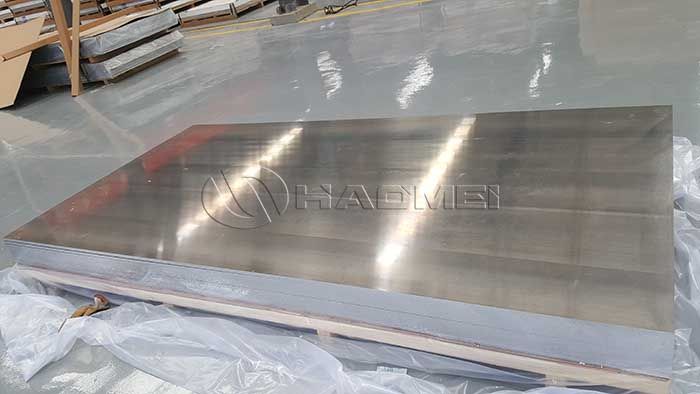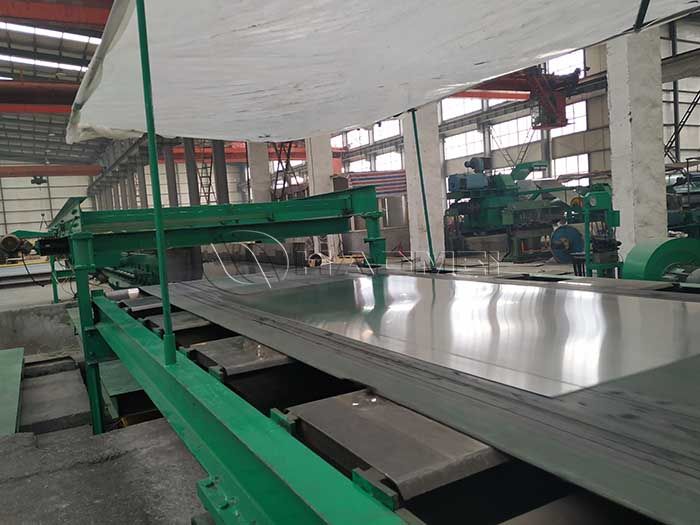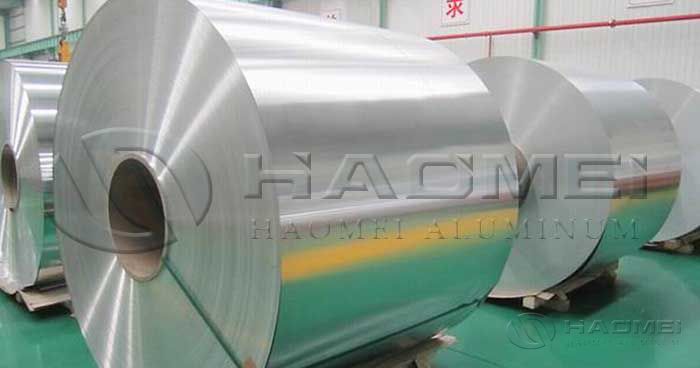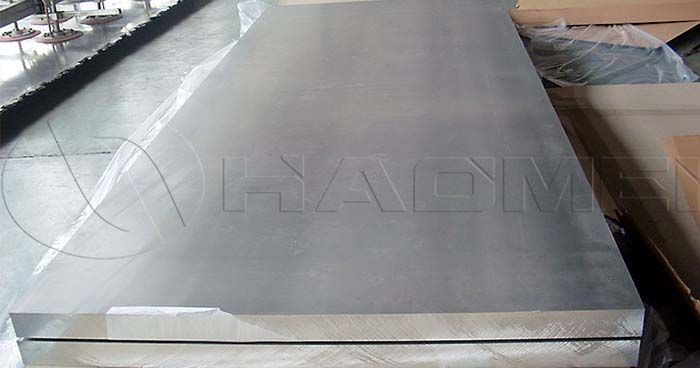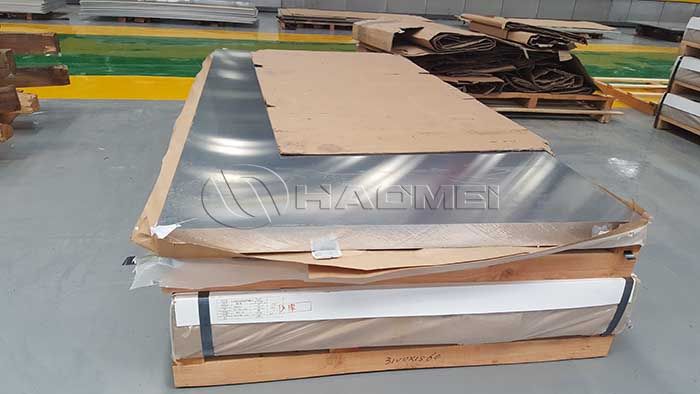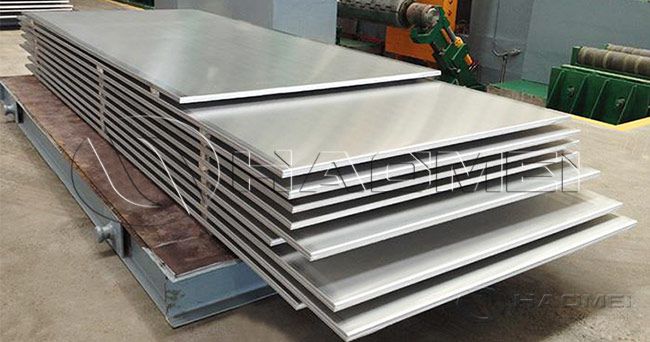The lightweight of automobiles has become the trend of the development of the world automobile industry. There are two ways to reduce the weight of automobiles: one is to optimize the car frame structure; the other is to use lightweight materials. Aluminum alloys have the advantages of light weight, wear resistance, corrosion resistance, high specific strength, good impact resistance, and easy surface coloring, etc. More than 80% of aluminum can be recycled and reused, making aluminum alloy an ideal lightweight material for automobiles.

6000 series aluminum alloys like 6111 aluminum have the characteristics of heat treatment strengthening, which just matches the existing automobile body production system. The prepared and processed aluminum alloy plates can be solid solution and pre-aging in the material factory to make them have good rormability, and then go to the automobile factory for stamping and forming to manufacture body components. Therefore, 6XXX aluminum alloys are considered to be the most promising aluminum alloy materials for automobile bodies.
The main parts of aluminum alloy sheet used in cars are the body in white (four doors, two covers and fenders). The types of alloys involved include 6016, 6022, 6111, 6181, 5754, 5182 and 5052. Among them, the inner body panels are basically made of 5182 alloy and 6181A alloy, while the outer body panels are mainly made of 6016, 6111 and 6022 alloys.
In the early 1980s, North America and Europe respectively developed high-Cu 6111 aluminum alloy and low-Cu 6016 aluminum alloy. On the basis of 6010 aluminum alloy, the paint hardening and formability of 6111 aluminum alloy were significantly improved.
6111 aluminum alloy has higher strength after baking paint treatment. European car manufacturers mostly use low Cu 6016 aluminum alloy with better formability, and the United States uses more 6111 aluminum alloy and 6022 aluminum alloy with higher strength properties.
The strength of the 6111-T4 aluminum plate is only increased by 20MPa after baking at 185℃/20min. In the process, pre-aging treatment is generally used to suppress or alleviate natural aging, and at the same time increase the yield strength increment after baking.
6111-T4 Properties
Properties | Metric | Imperial |
Density | 2.71 g/cm³ | 0.0979 lb/in³ |
Melting point (T4) | 585-650°C | 1085-1202°F |
Tensile strength | 280 MPa | 40610 psi |
Yield strength | 150 MPa | 21755 psi |
Elongation at break | 26% | 26% |
Shear modulus | 26 GPa | 3770 ksi |
Poisson’s ratio | 0.33 | 0.33 |
Thermal conductivity | 154 W/mK | 1068 BTU in/hr.ft².°F |
